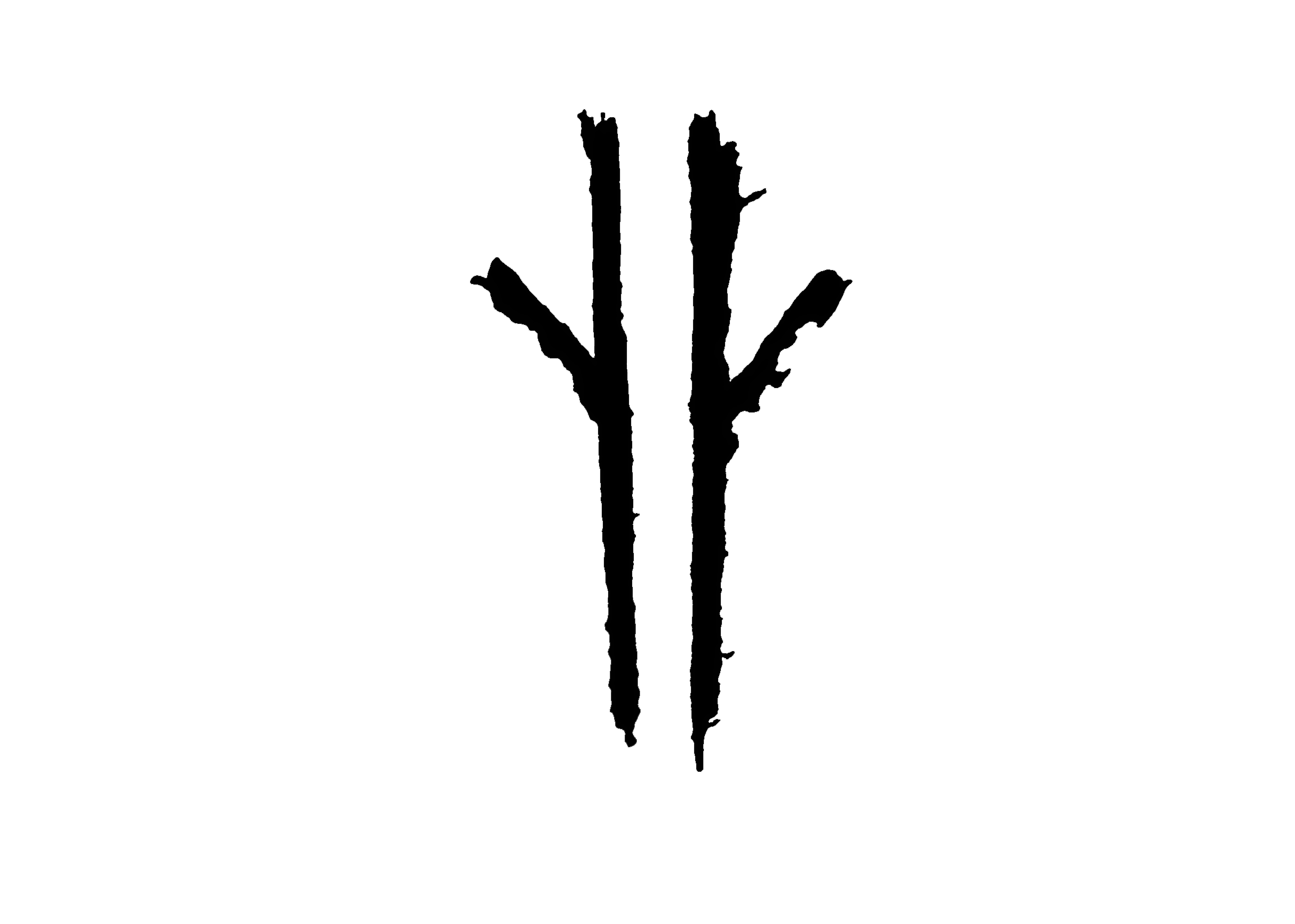My artistic work stands as a bridge between the aesthetics of the Düsseldorf School and Japanese Zen, emphasizing time as a central subject. My contemplative observation focuses on the impact of time on landscapes, generating philosophical, spiritual, and ecological reflections that also lead me to question the photographic medium.
The ephemeral nature of time serves as the guiding thread of my artistic expression. This concept, cherished by the Japanese and deeply ingrained in most of their artistic forms, becomes the backdrop for my visual explorations. Through my works, I attempt to translate the subtlety of this concept, inviting the viewer to an immersive experience where time is not just an objective measure but an emotional and evocative entity.
As the perception of time is subjective and sociologically influenced, my work seeks to transcend cultural barriers. While Europe often conceives time in a linear manner, Asia, particularly Japan, apprehends it cyclically. This cultural divergence becomes a source of inspiration for my artistic exploration, prompting questions about how our different perspectives influence the understanding of time, nature, and our place in the world.
In summary, my artistic work aims to be a visual meditation on time, a dialogue between two cultural perspectives, and a profound exploration of the links between photography, philosophy, and our understanding of the constantly changing world.
This artistic approach has led me to explore fundamental concepts such as ritual, spirituality, discipline, performance, and everyday life, while cultivating a deep respect for my environment. I also address the history of photography, often initially considered a technical revolution rather than a potential spiritual act. The methodical approach of the Bechers, focused on protocol, has been a major inspiration for me. My aesthetic is resolutely frontal and minimalist, closely linked to the aesthetic philosophy of wabi-sabi. I define wabi-sabi as a blend of Zen spirituality and rustic aesthetics. It is an ode to imperfection, subjectivity, ephemerality, and the natural.
I seek to create images that can be understood through slow observation, where the subjects are rarely the visible element at first glance. For example, in the work "Every day is a good day," the subject is not Mount Fuji but a Zen koan and what one can learn from it. I thus attempt to make the viewer active, to guide them, more than to explain, towards a reflection they can appropriate.
The almost exclusive use of a large format camera holds particular importance in my practice. It is crucial to emphasize that, in my approach, this device is primarily used for its process, considered an extension of the performative and ritualistic aspect of my work. The technical aspect, as a final result, is not prominently highlighted. Unlike a Western perspective that might seek perfection, my approach aligns more with the Zen spirit, where the potential for perfection of the chamber coexists with the possibility of the unexpected. The wind can sometimes blur the image, shards of light can appear, or personal errors can occur. One could summarize this by stating that every photograph is a good photograph. My work explores the tension and balance between seemingly contradictory notions: imperfection and perfection, romanticism and objectivity, spontaneity and the continuity of time.
My current research aims to weave connections between my past reflections, my experiences in Japan, and the study of traditional arts. This cultural fusion becomes a source of inspiration, adding a new dimension to my ever-evolving artistic approach. By bringing together these different facets, I hope to create a dialogue among the various influences that have marked my journey, offering a unique perspective on the convergence of art, philosophy, and personal experience.
